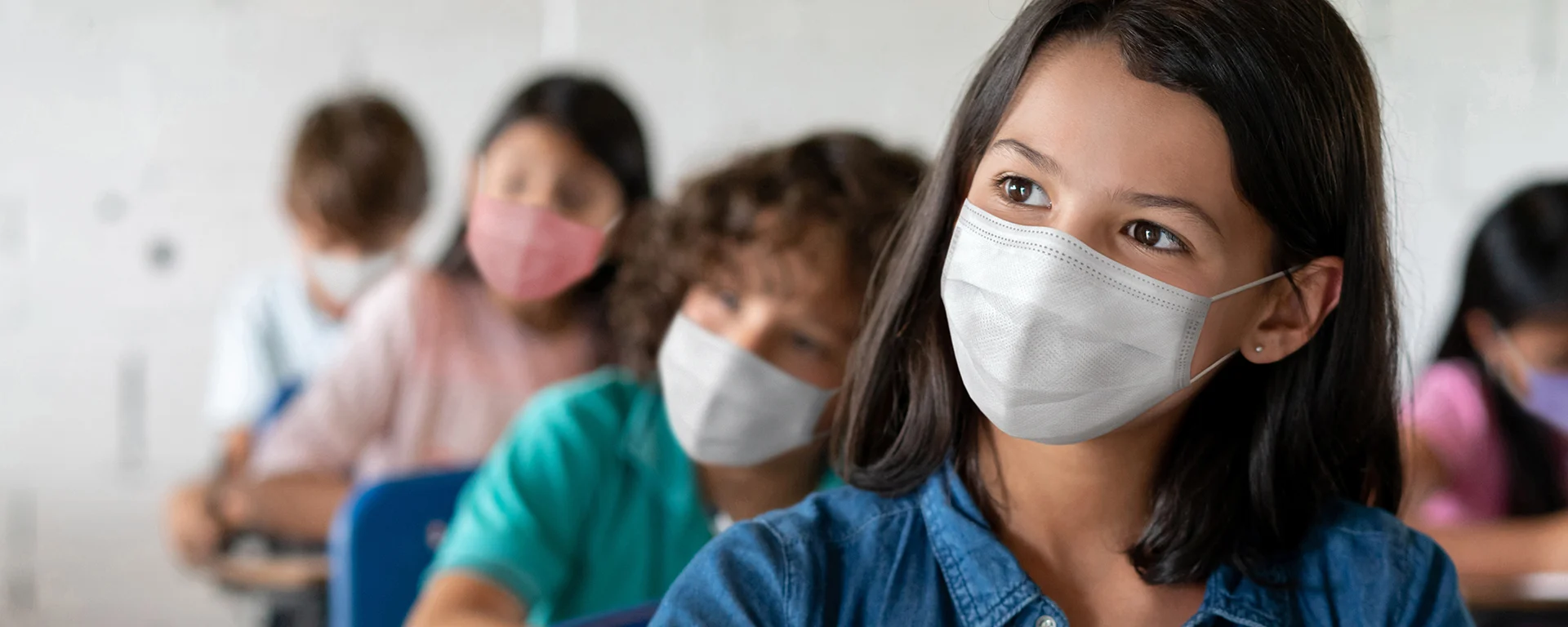It’s All About BA.5 Now
You’ve certainly heard about the surgence of BA.5. Here’s what we know about the variant driving our summer 2022 surge and how to protect yourself.
As of December 15, 2022, this post will no longer be updated.
September 2022: Boosters that are designed to protect against both the Omicron variant and the original strain of the virus are now available.
BA.5 has shattered my COVID fatigue and captured my attention. A few weeks ago, four close friends who had managed to avoid getting COVID-19 for two-plus years finally got infected. Since then, dozens more in my community have joined the ranks of COVID-19 first-timers. Case numbers are surging, and it’s not just because we’ve taken off our masks and invited our friends indoors to escape the heat (although that’s definitely helping it along). Here’s what you should know about the super-transmissible Omicron subvariant, BA.5.
It's out there now — and causing a surge.
According to the CDC’s Nowcast (which has a fantastic graph that keeps track of how common each subvariant is over time), at the time of this writing, BA.5 accounted for about 80% of cases in the US and rising. If you get COVID-19 right now, it’s probably BA.5.
With so many people now using home tests — and not reporting the results to doctors or public health offices — it’s become very hard to measure exactly how common COVID-19 really is. Most experts estimate that there’s somewhere between seven and 10 times as much COVID-19 out there than is reported. But even with this under-counting, it’s obvious that cases are surging across the US thanks to BA.5. Here’s why:
It’s even easier to catch, partly because it can sneak past immunity.
In late December 2021, BA.1 (the original Omicron) was considered the most transmissible form of COVID-19 yet. Then, BA.2 overtook it. And now, BA.5 is the new, BIG winner — making the COVID-19 virus easier to catch than ever before.
What BA.5 has over earlier forms of the virus is its knack for getting around the immune system’s first line of defense, proteins called neutralizing antibodies, which people get from vaccinations and previous infections. The job of these antibodies is to get rid of microbes before they can make copies of themselves.
This ability of BA.5 to evade immunity explains all my “first-timer” friends, whose boosters probably helped them avoid infection until now. It also means BA.5 can infect people who recovered from an earlier subvariant of Omicron.
The good news is that if you’re vaccinated, your body has more than one level of defense — so even if you do get infected, you’re much less likely to get severely ill or die. If you’re unvaccinated, having had COVID-19 before also helps, but not nearly as much.
It’s probably not more severe, but it’s still putting people in the hospital.
Overall, BA.5 is not known to be any more severe than its previous subvariants, which means severe cases make up only a small percentage of the overall total. But hospitalizations have been on the rise, and even a small percentage can become an uncomfortably big number when cases are surging. Hospitalization remains a particular risk among elderly folks and people who aren’t vaccinated. And while the number of hospitalized kids is small compared to older adults, it’s now higher than it was even during the Delta surge.
Symptoms of BA.5 are similar to those from past variants, though upper respiratory symptoms — stuff you feel from your throat to your nose — may be more common. Headaches, fever, and fatigue are also commonly cited. A number of my friends thought they had sinus infections, allergies, or the flu before their home COVID-19 tests flashed positive.
Why is everything in letters and numbers now? What happened to the names?
BA.5 is still in the Omicron family. Omicron is just the first COVID-19 variant to have its subvariants receive significant attention in the popular media. Every previous COVID-19 variant, subvariant and branch had these letter-and-number assignments too. They are the technical names assigned by Pango (a group of evolutionary biologists and bioinformaticians). In the case of BA.5, BA refers to the Omicron variant, and 5 indicates it is the fifth identified subvariant.
A COVID-19 variant or subvariant will receive a Greek letter name (like Alpha, Delta, or Omicron) from the World Health Organization (WHO) if they determine it to be a “variant of concern.” Until now, WHO has maintained that there isn’t a subvariant of Omicron different enough to justify its own name, but BA.5 may test their resolve.
Here’s what you can do to keep yourself and others protected.
If you haven’t been vaccinated or received your allotted booster(s), don’t wait (you can find a place to get vaccinated or boosted here). Our current vaccines may not be great at preventing infection by BA.5, but they still reduce the risk of the most serious outcomes (hospitalization and death) caused by the virus. And don’t worry — if you get a vaccine or booster now, you’ll still be able to get an updated, Omicron-specific boosters when they become available.
Omicron-specific boosters are in the works, but more variants may be too.
The FDA recently called on vaccine makers to address BA.4 and BA.5 in boosters being prepared for this fall. So, in a few months, we may have stronger protection against these subvariants, but new variants or subvariants could be on the way too. COVID-19 surges aren’t just a risk for each of us individually. When the virus spreads wildly, it has more opportunities to mutate and create even more transmissible (or severe) versions of itself. That’s a key reason we need to work together to prevent the spread.
As always, there remain things you can do to reduce the chance you will get or spread COVID-19: Wear a mask when you’re indoors with people who aren’t part of your household, test if you have symptoms or might have been exposed (take our COVID quiz to check your risk level), and isolate if you test positive. Stay safe out there!






